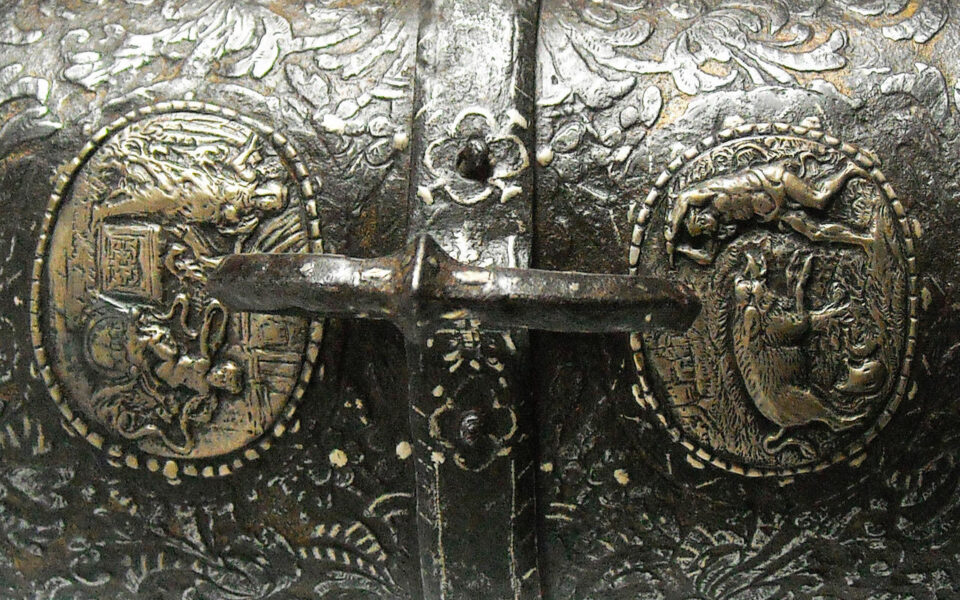An Important Shaffron
This wonderful shaffron (from the French chamfrain) – the part of a horse’s armour protecting its head – perfectly documents the Turkish 16th century armour, made up of several metal plates connected one another by iron mails; a light and flexible defence derived from that used by the Islamic heavy cavalry. The piece here presented consists …









